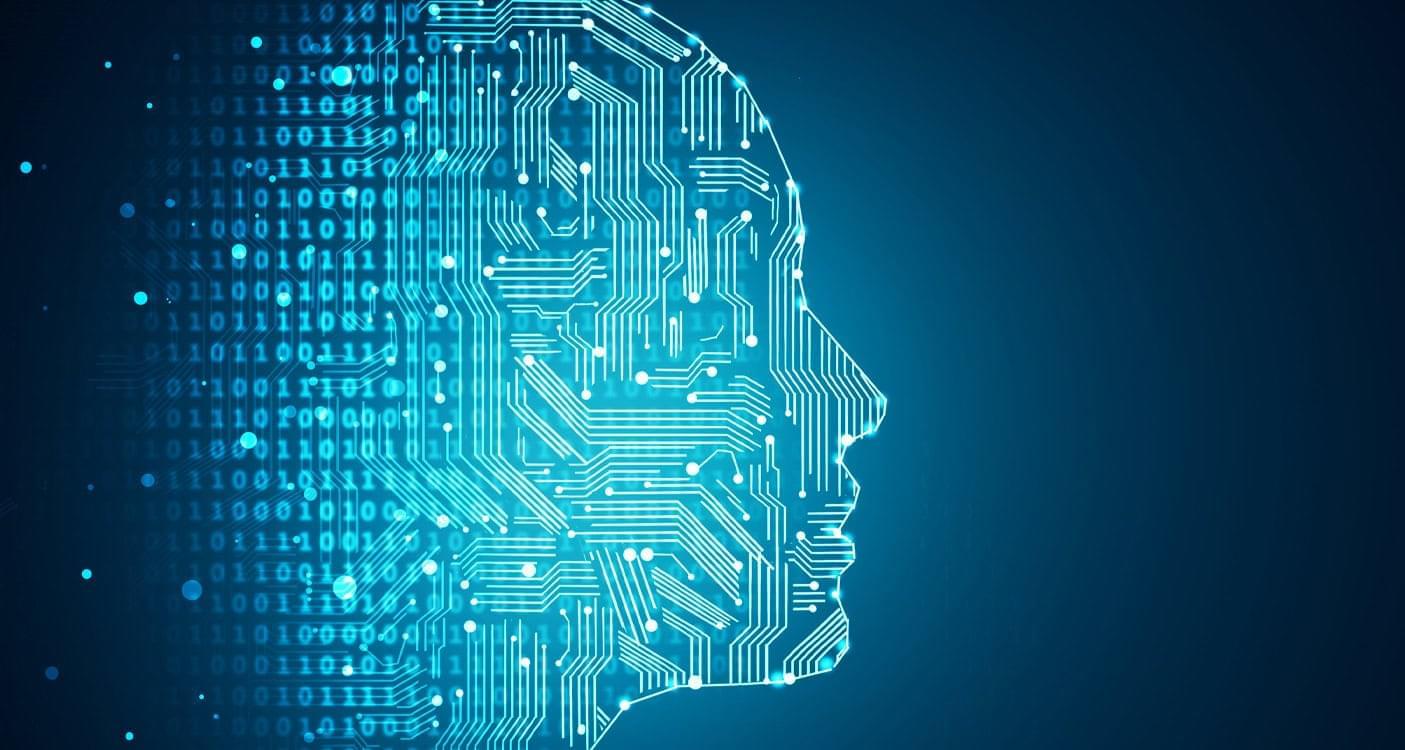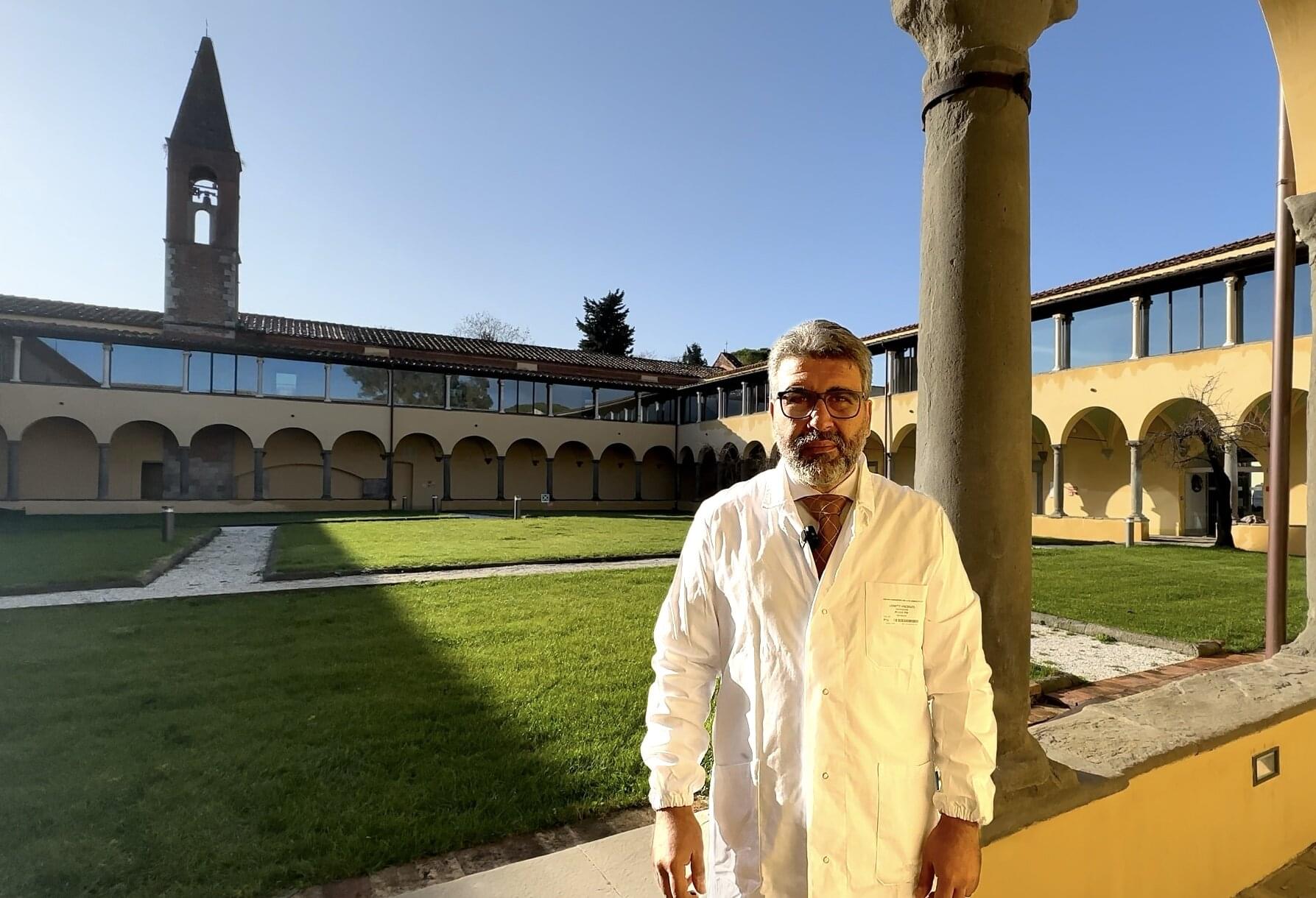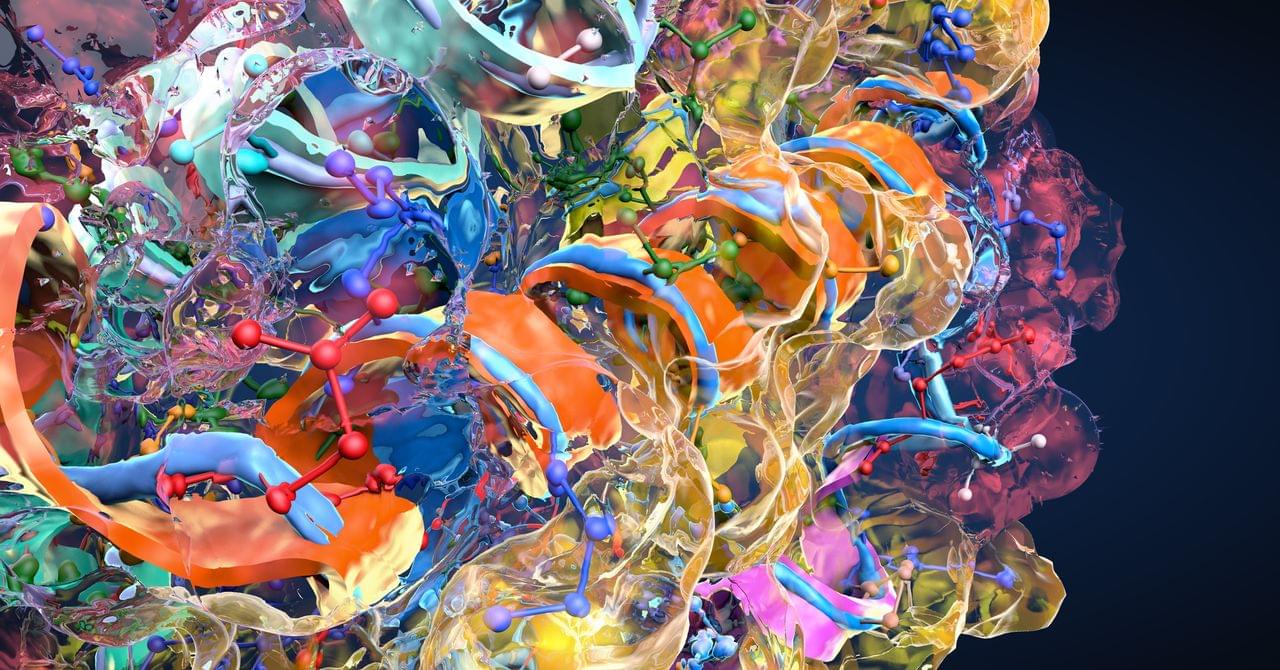Personality traits influence how people bond with AI. A new study finds these relationships rely on trust and habit rather than deep emotional depth.






OpenAI has quietly rolled out ‘formatting blocks,’ which tweak GPT’s layout to match the UI of the task it is supposed to execute.
ChatGPT has different use cases, including writing emails or blogs. Up until now, if you asked GPT to write an email for you, it would show the content of the email in the same way as a typical response.
That does not make GPT worse than any other LLM, but it’s not the best experience, and OpenAI wants to fix it with a new feature that automatically adapts the UI.

The secret to a healthier and “younger” heart lies in the vagus nerve. A recent study coordinated by the Sant’Anna School of Advanced Studies in Pisa and published in Science Translational Medicine has shown that preserving bilateral cardiac vagal innervation is an anti-aging factor. In particular, the right cardiac vagus nerve emerges as a true guardian of cardiomyocyte health, helping to preserve the longevity of the heart independently of heart rate.
The study is characterized by a strongly multidisciplinary approach, integrating experimental medicine and bioengineering applied to cardiovascular research. Specifically, the research was led by the Translational Critical Care Unit (TrancriLab) of the Interdisciplinary Research Center Health Science, under the responsibility of Professor Vincenzo Lionetti, and by the laboratory of the Biorobotics Institute led by Professor Silvestro Micera, which contributed to the development of the bioabsorbable nerve conduit used to facilitate vagal regeneration.
The study involved a broad network of Italian and international institutions of excellence, including the Scuola Normale Superiore, the University of Pisa, the Fondazione Toscana G. Monasterio, the Institute of Clinical Physiology of the CNR, the University of Udine, GVM Care & Research, Al-Farabi Kazakh National University, the Leibniz Institute on Ageing in Jena and the École Polytechnique Fédérale de Lausanne.

Until AlphaFold’s debut in November 2020, DeepMind had been best known for teaching an artificial intelligence to beat human champions at the ancient game of Go. Then it started playing something more serious, aiming its deep learning algorithms at one of the most difficult problems in modern science: protein folding. The result was AlphaFold2, a system capable of predicting the three-dimensional shape of proteins with atomic accuracy.
Its work culminated in the compilation of a database that now contains over 200 million predicted structures, essentially the entire known protein universe, and is used by nearly 3.5 million researchers in 190 countries around the world. The Nature article published in 2021 describing the algorithm has been cited 40,000 times to date. Last year, AlphaFold 3 arrived, extending the capabilities of artificial intelligence to DNA, RNA, and drugs. That transition is not without challenges—such as “structural hallucinations” in the disordered regions of proteins—but it marks a step toward the future.
To understand what the next five years holds for AlphaFold, WIRED spoke with Pushmeet Kohli, vice president of research at DeepMind and architect of its AI for Science division.

The TOI Tech Desk is a dedicated team of journalists committed to delivering the latest and most relevant news from the world of technology to readers of The Times of India. TOI Tech Desk’s news coverage spans a wide spectrum across gadget launches, gadget reviews, trends, in-depth analysis, exclusive reports and breaking stories that impact technology and the digital universe. Be it how-tos or the latest happenings in AI, cybersecurity, personal gadgets, platforms like WhatsApp, Instagram, Facebook and more; TOI Tech Desk brings the news with accuracy and authenticity.

This year quietly rewired how researchers think about aging, what truly predicts long-term health, and which biohacking ideas deserve serious attention versus skepticism. From brain aging to muscle strength, from AI-driven drug discovery to cooling hype around supplements, 2025 redrew the map of healthspan science.
Here’s the clear-eyed recap of what actually mattered.

This machine learning model was trained on a large multicenter dataset of unruptured intracranial aneurysms to predict future rupture risk across international cohorts, supporting more precise and personalized treatment decisions.
Question Can a machine-learning model (MLM) predict the rupture risk of unruptured intracranial aneurysms (UIAs) using prerupture data?
Findings In this prognostic study of 11 579 UIAs from a cohort of 8,846 patients, an MLM trained on prerupture clinical and morphological data demonstrated robust performance in both internal and external validation, including on aneurysms smaller than 10 mm.
Meaning The findings of this study suggest that an MLM may improve risk stratification and inform treatment decision-making for patients with UIAs, providing additional guidance even for smaller aneurysms traditionally considered low risk.